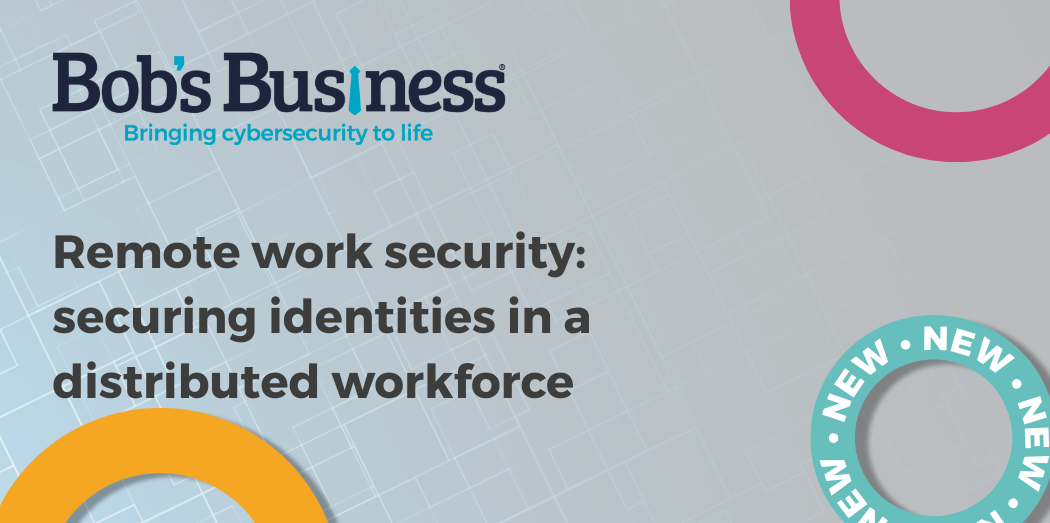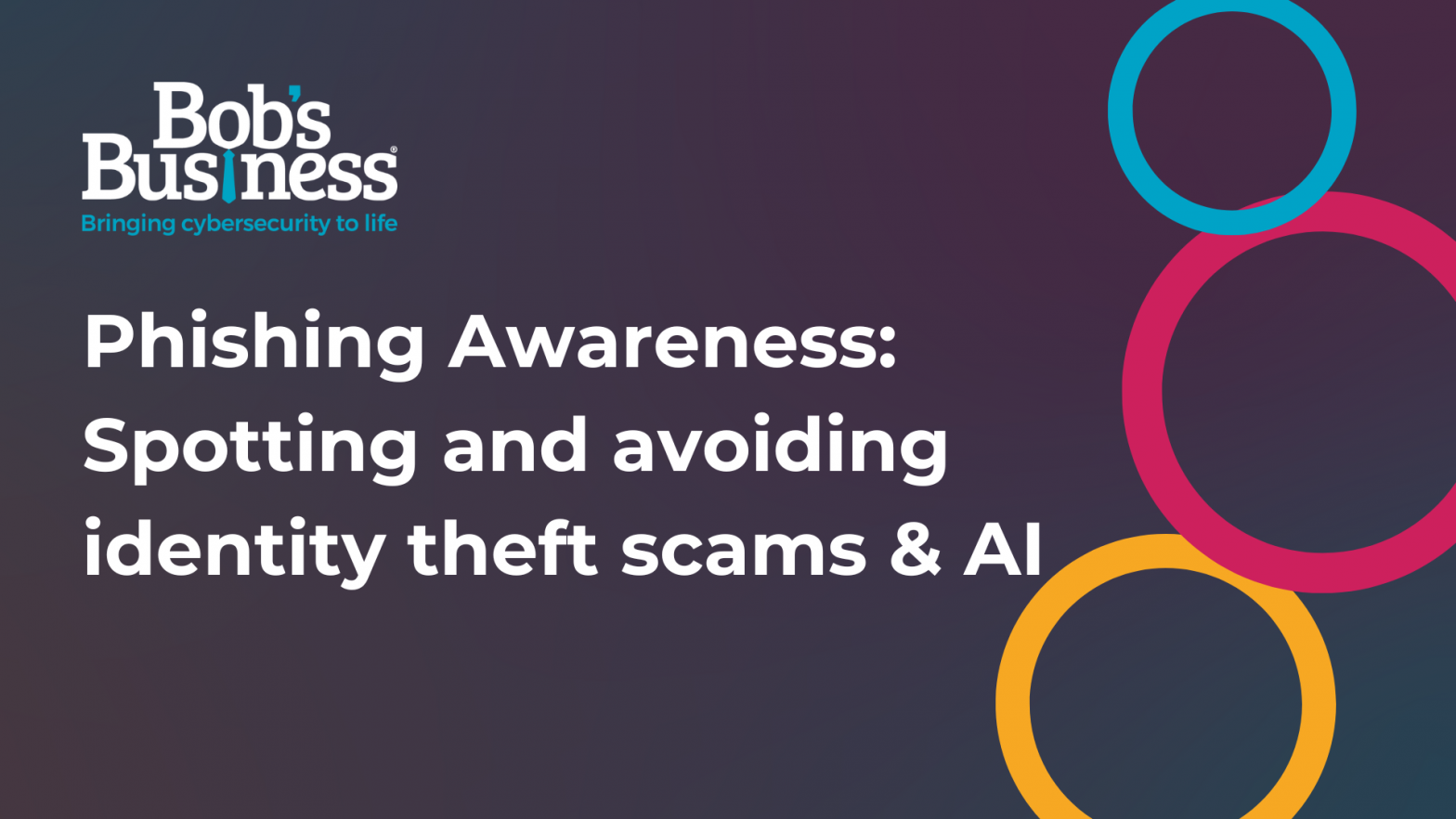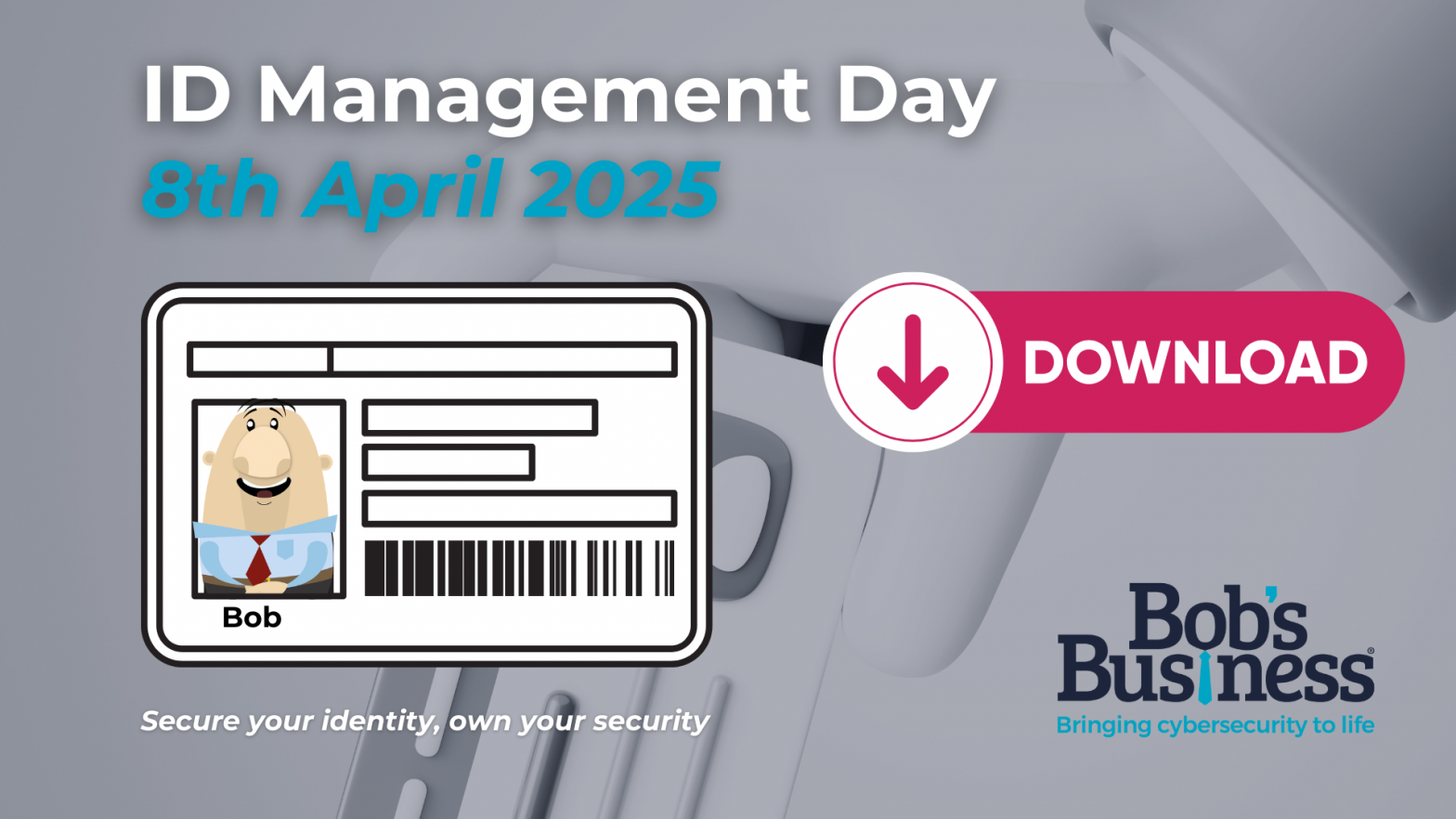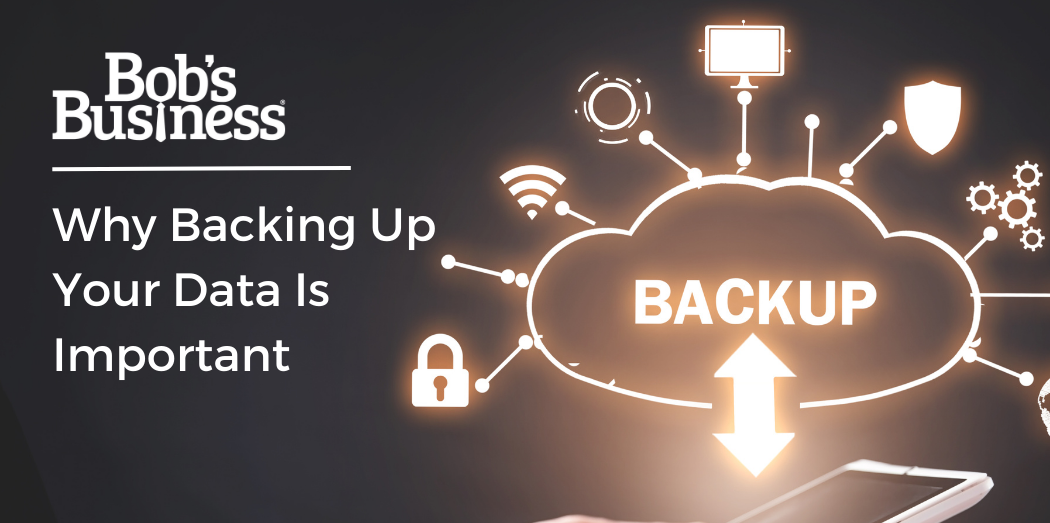Remote and hybrid work are now firmly embedded in the modern workplace, with businesses increasingly reliant on distributed teams, cloud-based services, and bring-your-own-device (BYOD) policies. But while this flexibility has unlocked productivity and broadened talent pools, it has also introduced significant security risks—particularly when it comes to managing and securing digital identities.
With cybercriminals targeting remote workers more aggressively than ever before, and the rise of identity-based attacks such as phishing, credential stuffing, and social engineering, the need for robust identity and access management (IAM) is clear. In this blog, we’ll explore the challenges of remote work security, and outline key strategies businesses can adopt to protect identities in a distributed workforce.
The identity problem in remote work
A key issue with remote working is the lack of central security: when employees all work from a central office, IT departments have greater control over infrastructure, devices, and network traffic. Security teams can monitor access, enforce consistent policies, and manage threats more easily. But in a remote work environment, this visibility is lost, and this can increase the risks. Here’s where the potential issues start to emerge:
Inconsistent device security
Remote workers often use a mix of company-issued and personal devices. While company devices might be equipped with endpoint protection and regular patching protocols, personal devices may not meet the same standards. Weak device security means attackers can exploit vulnerabilities to access company accounts.
Credential reuse and weak passwords
Remote workers are more likely to reuse passwords across services, especially if they lack access to a password manager. With credential-stuffing attacks on the rise, a single exposed password from a personal breach can lead to unauthorised access to corporate systems.
Phishing and social engineering
Cybercriminals are increasingly targeting remote workers via phishing emails, SMS (smishing), or voice-based attacks (vishing). Without the ability to easily check with a colleague or pop into IT support, employees may fall for scams that trick them into revealing sensitive information.
Shadow IT and unmanaged access
Employees may sign up to third-party tools to improve productivity, but this “shadow IT” creates blind spots. If these tools are not vetted by security teams, there’s no way to ensure proper access controls or data protection.
Lack of contextual access controls
Remote work means employees log in from different locations, at different times, on different devices. Without contextual access management – a security approach that grants or restricts access to resources based on contextual factors like location, device, time, or risk level – login from a suspicious country or unusual device may go unnoticed—potentially allowing threat actors to operate undetected.
Securing identities in a distributed workforce
To tackle these risks, businesses need to adopt a layered approach to identity security—combining technology, training, and policy to reduce the risk of unauthorised access. Here’s how to get started:
Implement Strong Multi-Factor Authentication (MFA)
MFA is one of the most effective defences against account compromise. By requiring a second factor—such as a mobile authenticator app or hardware token—in addition to a password, organisations can reduce the chances of successful credential attacks.
Modern, phishing-resistant MFA solutions like FIDO2 (Fast Identity Online) or passkeys go a step further, protecting users even if their passwords are exposed.
Adopt a Zero Trust security model
Zero Trust assumes no user or device should be trusted by default, even if they are inside the network perimeter. Access is granted based on continuous verification of identity, device posture, location, and behaviour.
Key components of Zero Trust identity security include:
- Least privilege access: Give users only the access they need to do their jobs.
- Just-in-time access: Grant temporary permissions for specific tasks, reducing standing privileges.
- Context-aware policies: Require step-up authentication for high-risk activities or unusual login patterns.
Use Identity and Access Management (IAM) tools
IAM platforms help organisations manage user identities, roles, permissions, and access across cloud and on-premise systems. With IAM, you can:
- Automate onboarding/offboarding processes to prevent orphaned accounts.
- Enforce consistent access policies across platforms.
- Monitor login activity and detect anomalies.
For remote teams, cloud-based IAM solutions are ideal, offering flexibility and scalability.
Deploy Single Sign-On (SSO)
Single Sign-On allows employees to access multiple services with one secure login. SSO reduces password fatigue and minimises the risk of credential reuse across systems.
When combined with MFA, SSO can streamline the login experience while improving overall security—critical for remote workers juggling multiple platforms.
Educate employees on secure identity habits
Even the best technical controls can fail if employees are not trained to spot risks. Regular cybersecurity awareness training is essential and should cover:
- How to spot phishing emails and social engineering attempts.
- The importance of unique, strong passwords (and how to use a password manager).
- What to do if they suspect a security incident.
- Secure use of personal devices and home networks.
Embedding security into daily habits reinforces a culture of vigilance and shared responsibility.
Monitor and audit access
Continuous monitoring of access logs and user behaviour is essential for detecting compromised accounts or insider threats. Use tools that offer:
- Real-time alerts for suspicious login attempts.
- Geo-location tracking and device fingerprinting.
- Behavioural analytics to identify unusual access patterns.
Regular audits can also help uncover dormant accounts, overly broad permissions, or unauthorised tool usage.
Invest in education
One of the best ways to boost security across your organisation – including for remote or hybrid workers – is to make investing in education your number one priority. By ensuring that your team know the top tips and tricks for staying safe, you can empower your workforce and ensure that robust, long-lasting security comes from within.
From embedding a strict password policy to highlighting the risks of remote work, a good educational basis will help ensure that your workers are part of the solution, and not contributing to the problem.
Remote work security: a shared responsibility
Securing identities in a distributed workforce isn’t just an IT issue—it’s a company-wide priority. As the boundaries between work and home continue to blur, businesses must help employees build strong cybersecurity habits in both spheres.
When workers practice good digital hygiene in their personal lives—like using MFA on social media, securing their home Wi-Fi, or learning to spot phishing—they carry those habits into the workplace. Security isn’t something that stops at the office door; it travels with the individual.
Likewise, organisations must adapt their security strategies to the reality of remote work. This means putting identity at the centre of their defences, investing in user-friendly tools, and treating employees as the first line of defence—not the weakest link.
Final thoughts
As hybrid and remote work become permanent fixtures of the modern enterprise, protecting user identities is more important than ever. Identity is the new perimeter, and it must be secured with the same diligence once reserved for firewalls and endpoints.
By combining Zero Trust principles, robust authentication, user training, continuous monitoring, and, most crucially, robust, ongoing education and learning, organisations can build resilient systems that protect data and empower remote teams to work securely—anytime, anywhere.









